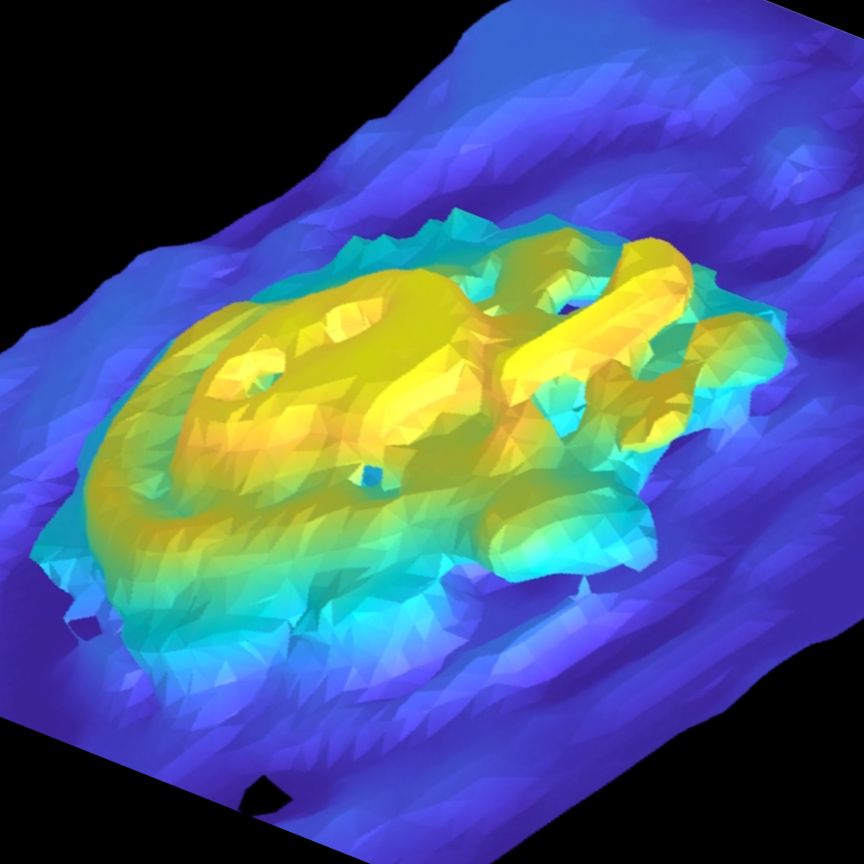Researchers at the University of Durham have developed a method of terahertz imaging able to operate at 3,000fps.
Durham’s Lucy Downes said this was 100-times faster than any previous terahertz imager, speaking at the UK Knowledge Transfer Network’s Intelligent Imaging meeting in London on 29 April.
The technique uses laser-excited caesium atoms to perform terahertz-to-optical conversion, the light from which is captured with a standard camera.
Three infrared lasers are focused on a cell filled with caesium vapour. The lasers excite caesium atoms to a Rydberg state, at which point they can absorb a 0.55THz photon. The atoms then decay after around a microsecond and emit a green photon that can be detected with a visible camera.
The technique is only limited to how fast the atoms are excited and decay, which Downes said was potentially at frame rates of up to 1MHz. She said that this was the only method the group are aware of for imaging terahertz radiation in this way.
Downes noted a number of possible applications for the technology, such as beam profiling, mail sorting, and food inspection – for detecting plastic or foreign objects in food on fast production lines, for instance.
The terahertz imaging method is still at an experimental stage, but Downes noted that the laser technology has been miniaturised and it uses standard image sensors, so there is scope for packaging the components into a system.


